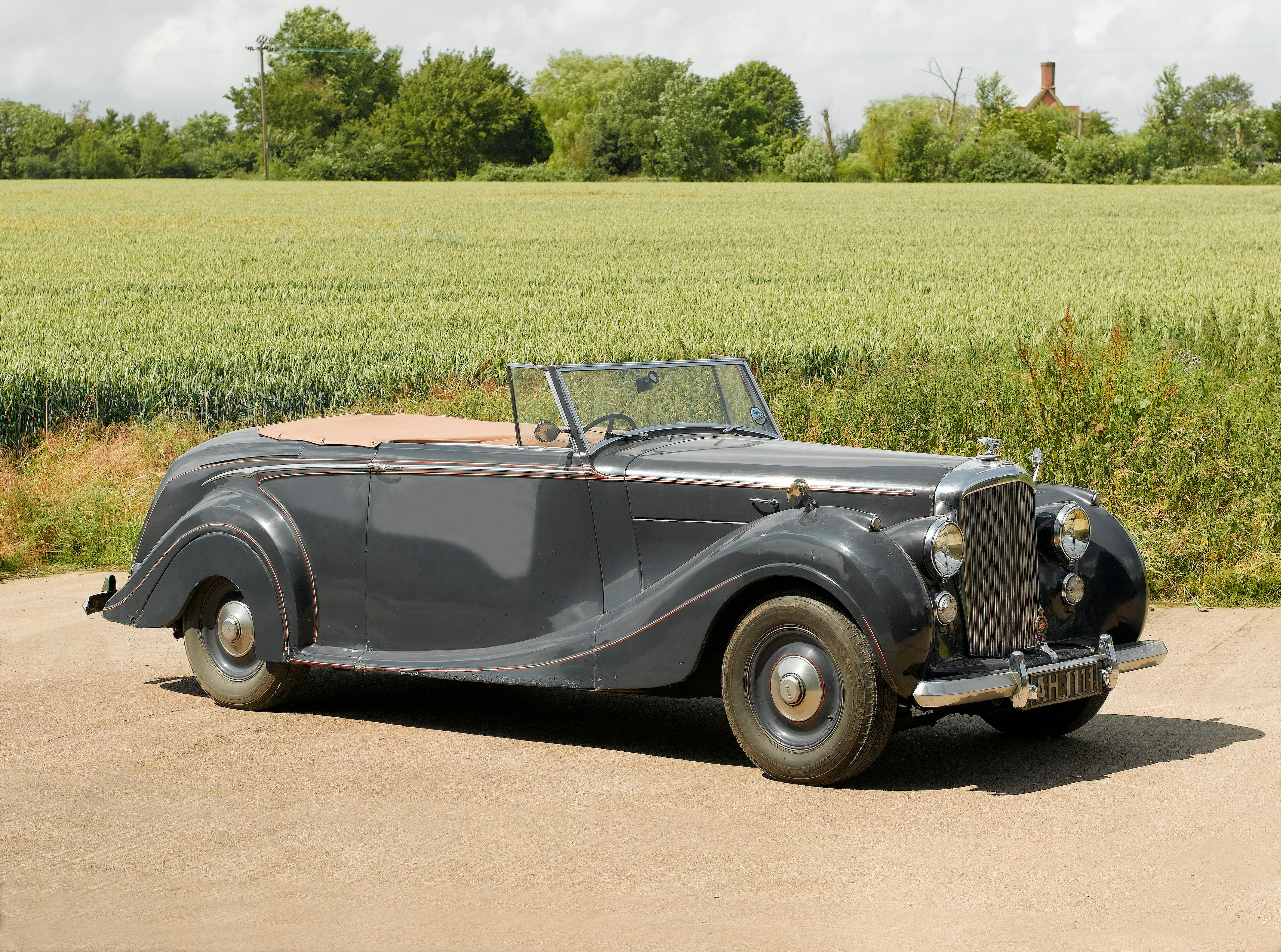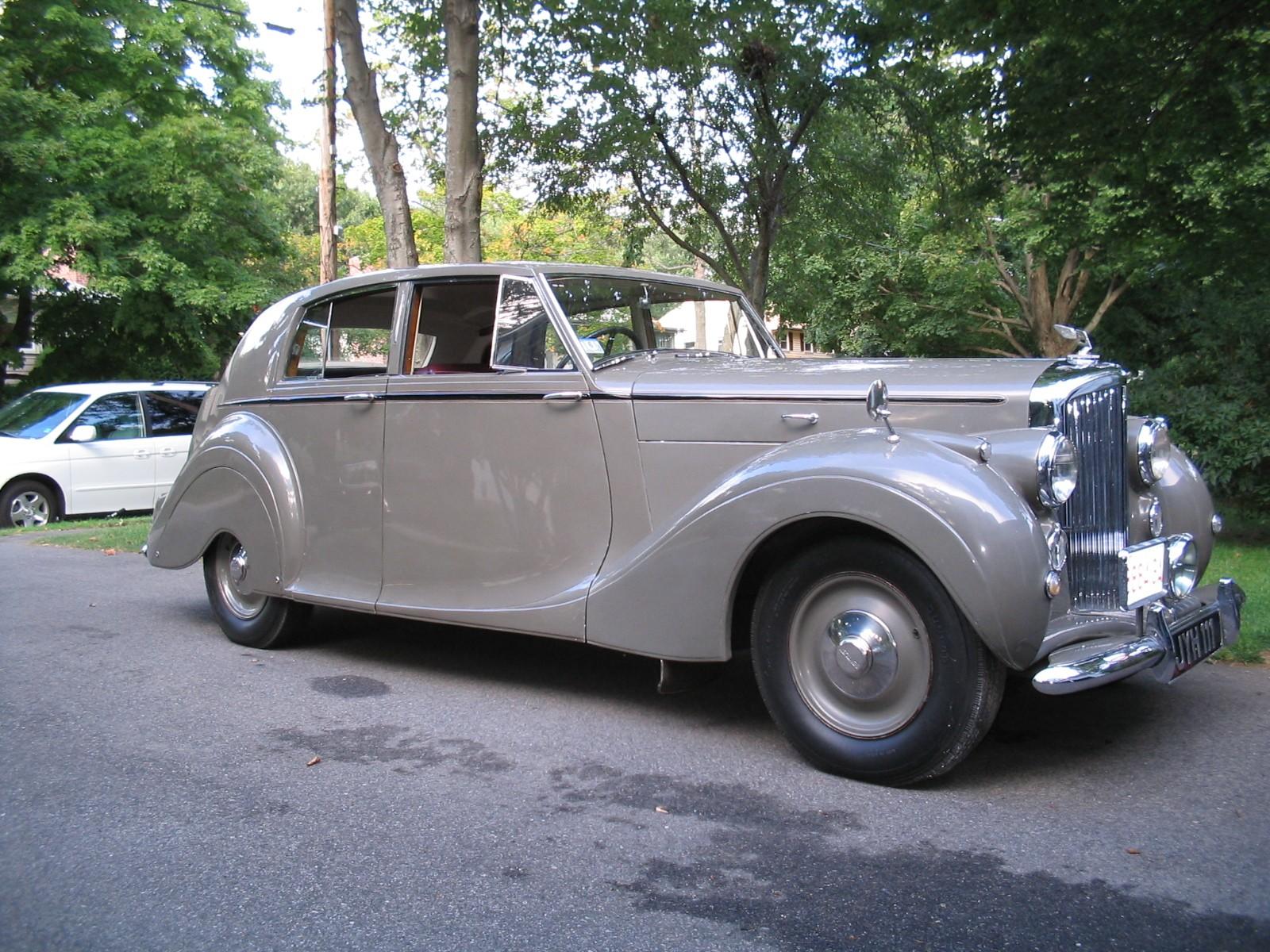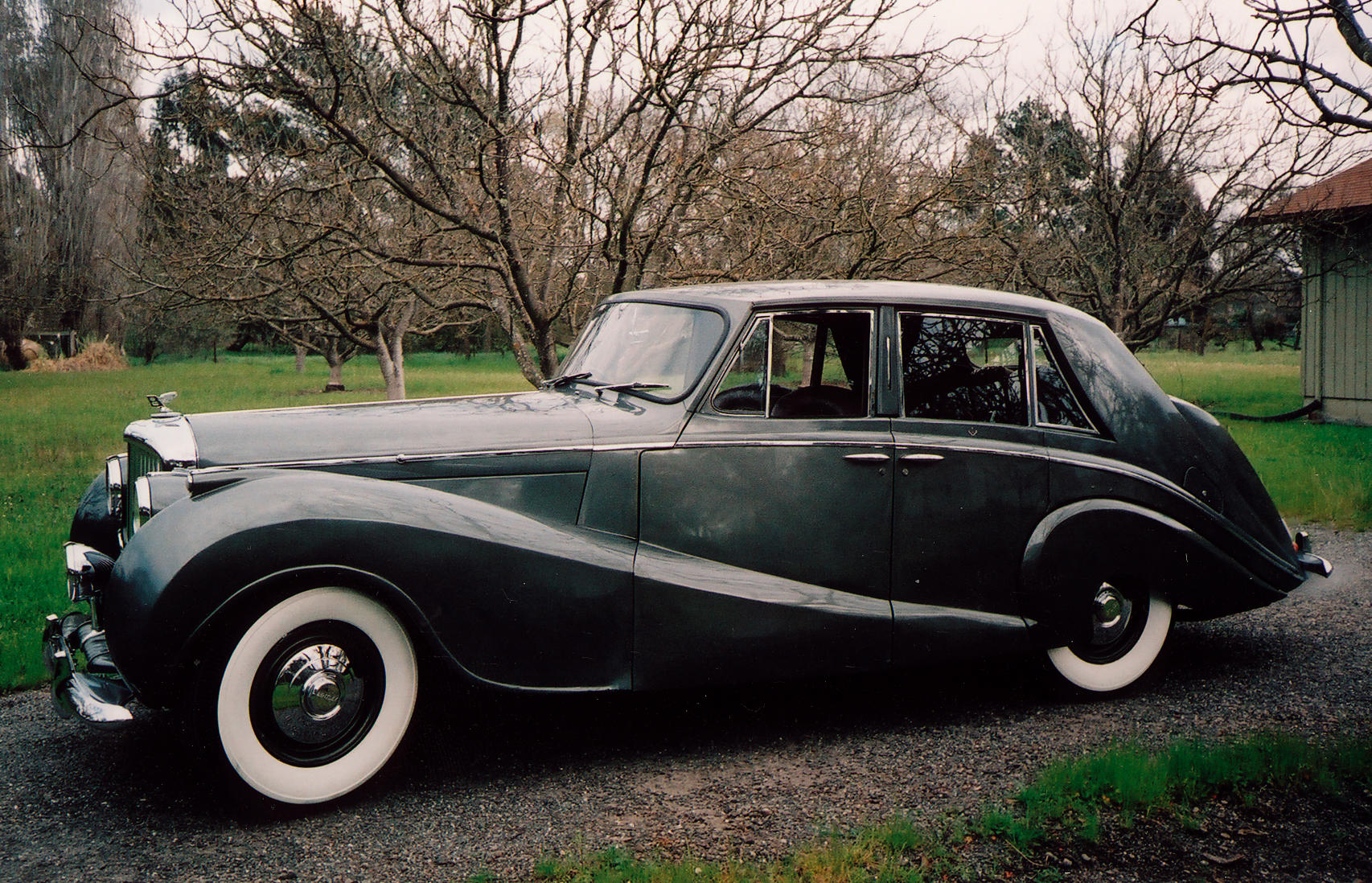4,256cc OHV Inline 6-Cylinder Engine 2 SU carburetors Approximately 132bhp 4-Speed Manual Transmission Front Independent Suspension – Live Rear Axle 4-Wheel Drum Brakes *From the Estate of Eugene Beardslee *Unique example of Figoni coachwork on a postwar Bentley *Former Pebble Beach Concours d'Elegance Class winner *A true Grand Routieres touring car with luxury and style *Ready for Concours presentation Figoni et Falaschi In the hierarchy of automobile coachbuilders, Figoni et Falaschi earned their place in the highest tiers, if not at the top. From the late 1920s right through to the late 1940s, the exquisite lines that they penned transformed the way automobiles were designed. This was never more apparent than with their series of 'Goutte d'Eau' or 'Teardrop' coupes on the Talbot T150CSS chassis. The automobile had moved from man sitting atop the machine, to man being at one with the machine, then beyond this they shaped coachwork aerodynamically, cheating the wind, and in doing so increased potential outright speed and efficiency. It was not just the curvaceous main sections of bodywork to which attention was focused, but also in the intricate detail accessories from end to end of the body, accented by chrome trim pieces. Epitomizing Figoni's design philosophy were their elegant blade bumpers, which turned an increasingly necessary safety precaution into a beautiful, delicate feature of an automobile. As ever in business, the partnership was a marriage of artistic genius and commercial wisdom; Joseph (Giuseppe by birth) Figoni, was the craftsman, while Ovidio Falaschi was the well-connected businessman. While their heyday may be considered to have been the 1930s, Figoni made a good recovery after the war, despite the troubles they faced when the Germans occupied Paris. When Figoni's workshops were taken over in order to manufacture aircraft components, Figoni & Falaschi kept going by making domestic electric stoves and heating radiators in a corner of the factory. Once he had completely recovered his factory, Joseph Figoni lost no time in creating a new post-war style, the swoopy, spatted wings were there, as were the chrome accents. At the 1948 Salon Figoni and Falaschi acted as though times hadn't changed, and exhibited a gold-painted Delahaye with gold-plated brightwork on the manufacturer's stand and 'an elaborate and enormously long roadster' on their own stand. The Roadster had a 'flush-fitting ivory-bound' copy of the Michelin Guide on its dashboard: the binding alone had cost 40,000 francs! No wonder the better French coachbuilt bodies cost over two million francs. The late 1940s were, paradoxically, relatively successful for Figoni & Falaschi, due to the demand for custom coachwork from the United States. The company, now under the direction of Joseph Figoni's son, Claude, actually made more money after the war than before - a unique situation for a French coachbuilder. Perception of the company was undoubtedly enhanced by the inclusion of Figoni's Talbot 'Goutte d'Eau' coupe in the New York Museum of Modern Art's famed '8 Automobiles' exhibition. The work of these fashionable carrossiers brought color and glamour into the drab postwar European world just as Dior's 'New Look' brought fresh interest to the world of fashion. Indeed, Ovidio Falaschi summed up the role of the custom coachbuilder to perfection when he recalled: "We really were true couturiers of automotive coachwork, dressing and undressing a chassis one, two, three times and even more before arriving at the definitive line that we wanted to give to a specific chassis-coachwork ensemble." The Motorcar Offered While Figoni et Falaschi is most known for its work with Delahaye and Talbot Lago, naturally like any coachbuilder, it was the client who dictated what chassis their coachwork might clothe. There is no one more versed in the work of this coachbuilder than Richard Adatto, who has penned numerous books on this era of coachwork. He has kindly researc
4,256cc OHV Inline 6-Cylinder Engine 2 SU carburetors Approximately 132bhp 4-Speed Manual Transmission Front Independent Suspension – Live Rear Axle 4-Wheel Drum Brakes *From the Estate of Eugene Beardslee *Unique example of Figoni coachwork on a postwar Bentley *Former Pebble Beach Concours d'Elegance Class winner *A true Grand Routieres touring car with luxury and style *Ready for Concours presentation Figoni et Falaschi In the hierarchy of automobile coachbuilders, Figoni et Falaschi earned their place in the highest tiers, if not at the top. From the late 1920s right through to the late 1940s, the exquisite lines that they penned transformed the way automobiles were designed. This was never more apparent than with their series of 'Goutte d'Eau' or 'Teardrop' coupes on the Talbot T150CSS chassis. The automobile had moved from man sitting atop the machine, to man being at one with the machine, then beyond this they shaped coachwork aerodynamically, cheating the wind, and in doing so increased potential outright speed and efficiency. It was not just the curvaceous main sections of bodywork to which attention was focused, but also in the intricate detail accessories from end to end of the body, accented by chrome trim pieces. Epitomizing Figoni's design philosophy were their elegant blade bumpers, which turned an increasingly necessary safety precaution into a beautiful, delicate feature of an automobile. As ever in business, the partnership was a marriage of artistic genius and commercial wisdom; Joseph (Giuseppe by birth) Figoni, was the craftsman, while Ovidio Falaschi was the well-connected businessman. While their heyday may be considered to have been the 1930s, Figoni made a good recovery after the war, despite the troubles they faced when the Germans occupied Paris. When Figoni's workshops were taken over in order to manufacture aircraft components, Figoni & Falaschi kept going by making domestic electric stoves and heating radiators in a corner of the factory. Once he had completely recovered his factory, Joseph Figoni lost no time in creating a new post-war style, the swoopy, spatted wings were there, as were the chrome accents. At the 1948 Salon Figoni and Falaschi acted as though times hadn't changed, and exhibited a gold-painted Delahaye with gold-plated brightwork on the manufacturer's stand and 'an elaborate and enormously long roadster' on their own stand. The Roadster had a 'flush-fitting ivory-bound' copy of the Michelin Guide on its dashboard: the binding alone had cost 40,000 francs! No wonder the better French coachbuilt bodies cost over two million francs. The late 1940s were, paradoxically, relatively successful for Figoni & Falaschi, due to the demand for custom coachwork from the United States. The company, now under the direction of Joseph Figoni's son, Claude, actually made more money after the war than before - a unique situation for a French coachbuilder. Perception of the company was undoubtedly enhanced by the inclusion of Figoni's Talbot 'Goutte d'Eau' coupe in the New York Museum of Modern Art's famed '8 Automobiles' exhibition. The work of these fashionable carrossiers brought color and glamour into the drab postwar European world just as Dior's 'New Look' brought fresh interest to the world of fashion. Indeed, Ovidio Falaschi summed up the role of the custom coachbuilder to perfection when he recalled: "We really were true couturiers of automotive coachwork, dressing and undressing a chassis one, two, three times and even more before arriving at the definitive line that we wanted to give to a specific chassis-coachwork ensemble." The Motorcar Offered While Figoni et Falaschi is most known for its work with Delahaye and Talbot Lago, naturally like any coachbuilder, it was the client who dictated what chassis their coachwork might clothe. There is no one more versed in the work of this coachbuilder than Richard Adatto, who has penned numerous books on this era of coachwork. He has kindly researc














Testen Sie LotSearch und seine Premium-Features 7 Tage - ohne Kosten!
Lassen Sie sich automatisch über neue Objekte in kommenden Auktionen benachrichtigen.
Suchauftrag anlegen